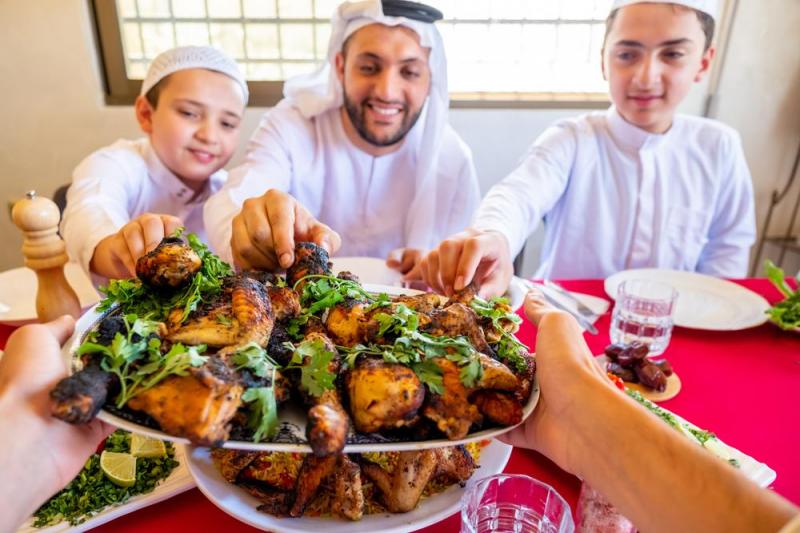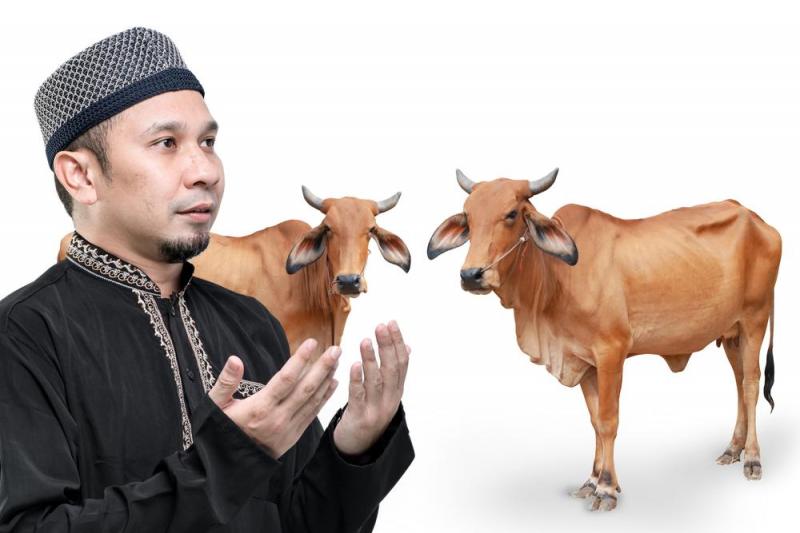Celebrating the Muslim Festival of Qurbani

Islam is the second largest religion in the Philippines. There has been some confusion as to the official numbers over the last couple of decades. A 2000 Census reported that Muslims accounted for about five percent, though some Muslim groups asserted that there was more likely a higher proportion of between eight and twelve percent. The latest count according to national religious surveys numbers the Muslim population at a significant 5.1 million – six percent of its population.
This diversity in beliefs and culture adds a richness to any country that over time seeps into the way of life. Every Muslim knows and understands how the passing of the Islamic year shapes their life. As the festival of Eid ul-Adha and Qurbani approaches, we have written a short and interesting breakdown of the Qurbani rules that Filipino Muslims have to comply with.
What is Qurbani?
Qurbani is the sacrifice of an animal in the name of Allah (SWT). This sacrifice must be made during the 10th, 11th, or 12th day of Dhu Hijjah; otherwise, it won’t qualify as Qurbani.
The significance of Qurbani began with the Prophet Ibrahim (AS) when he dreamt that Allah (SWT) had asked him to sacrifice the most precious thing to him. When he realised the most precious and important thing was his son, Ismail (AS), the Prophet made a difficult choice to sacrifice his son for the sake of Allah (SWT). Explaining to his son what was to happen, the two travelled together to make the sacrifice and it was at the last moment when Allah (SWT) recognised his great sacrifice and sent a ram to be sacrificed in Ismail’s (AS) place.

Every year, to commemorate their sacrifice, every able-bodied Muslim is expected to provide a Qurbani donation in three shares: one to help those living in poverty, one to feed friends and family, and one to keep for themselves.
There are strict rules surrounding who must perform Qurbani. The following group of people is liable to make the sacrifice/donation:
- Adults of sound mind
- Those who possess more than 52.2 tolas of silver (1 tola = 11.7g of silver)
- Those who are not travelling
- Those who meet the Nisab threshold for Zakat
In many developed countries, there are strict regulations governing the slaughter of animals, which makes it impossible for individuals to carry out their own slaughter. As a result, thousands of Muslim families worldwide choose to make Qurbani donations to help provide quality meals to vulnerable families living in poverty. This ensures that they fulfil their Qurbani obligations, following the rules and helping more people enjoy their Eid celebration.
Animal Qurbani Meat Distribution Rules
It is important though that the animals chosen for slaughter are in good health.
Not all animals are suitable for Qurbani and there are rules advised for the health and age of an animal for them to be eligible for sacrifice.
The age of the animal should meet a minimum of:
- One year in age for sheep and goats (equivalent to one person’s Qurbani share)
- Two years in age for cows and buffalo (equivalent to seven persons’ Qurbani share)
- Five years in age for camels (equivalent to seven persons’ Qurbani share)
Any animal chosen for sacrifice should be in good health and have no illness or disease including:
- Their horns cannot be broken
- They must have at least half their teeth
- They cannot have lost a third or more of their ears or tail
- They cannot be blind or have lost a third or more of their sight
- They must be able to walk without limp or lameness
- They must be well-fed and raised with care, not thin or lean
Qurbani animals for sacrifice can be either male or female.
More to Read:
Previous Posts:








